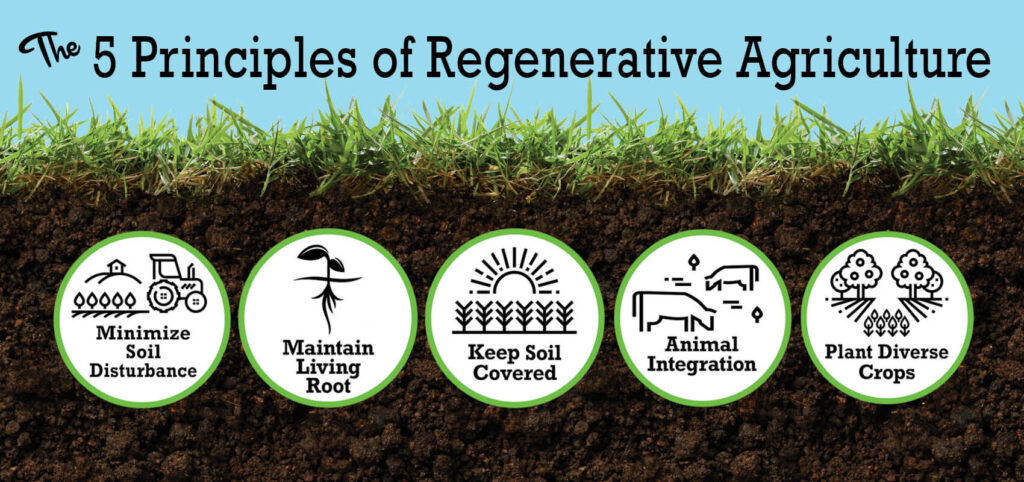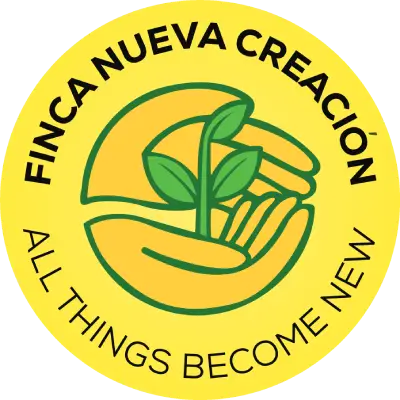Your cart is currently empty!
Regenerative Agriculture Part 1
When I was a school teacher, there were always new buzz words. Rigor, personalized learning, data-driven teaching, growth mindset, and on and on. Many of those terms had been in use forever, but companies like to repackage them so they can sell products. Politicians support the game because it makes speech writing easier when they’re running for education positions. The famous 1976 quote, “Follow the Money,” is usually at play somewhere.

What is regenerative agriculture?
Well, apparently agriculture works about the same way. There are buzz words that ebb and flow like the tides and definitely cause confusion among farmers as well as consumers. Do you know the different between grass-fed and grass-finished beef? Do you know why one farm’s products are labeled organic and another farm is not?
Back to the title of the article, what is regenerative agriculture? It’s a buzz word. It has meaning, but I doubt it will stay trending forever, so I consider it a buzz word. So why use it to describe us? Well, because I’m a former English teacher and I like labels that are easy to explain. 😂
Sustainable, organic, and regenerative farming share many similarities and practices, but they aren’t exactly the same. Sustainable is more about being able to continue (sustain) something for future generations vs regenerative, which aims to bring back (regenerate) soil health that has degraded through chemicals, erosion, and nutrient stripping. Since almost everyone is familiar with the term organic, why not just call ourselves an organic farm? We don’t want a fine or go to jail. I look terrible in orange. Basically, the word organic is owned by the USDA. It is extremely expensive, time-consuming, and frustrating process that most small farms can’t or don’t want to go through.

Our beginning farm, Finca Nueva Creación, is a regenerative farm that is starting with the 5 Principles of Regenerative Agriculture:
- Minimizing soil disturbance
- Integrating livestock
- Keep the soil covered
- Maintain living roots in the soil year-round
- Maximize plant diversity
Stay tuned for parts 2-6 where we’ll explore each of the 5 Principles.
Thank you for reading our first blog post and I hope you’ll engage with us on Facebook or Instagram as well.

Leave a Reply